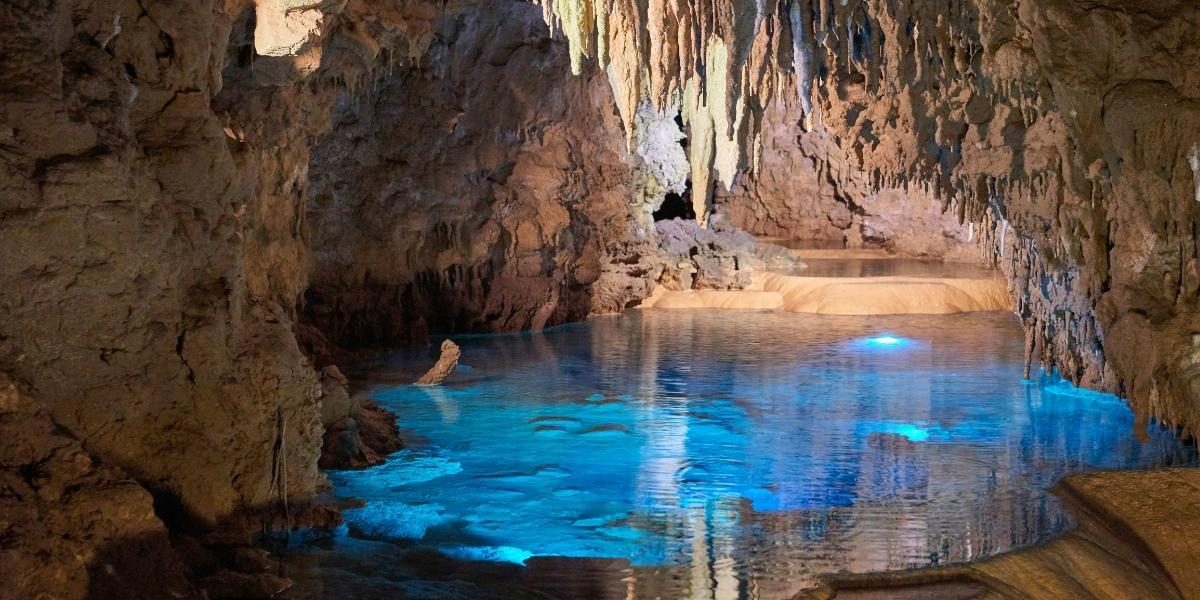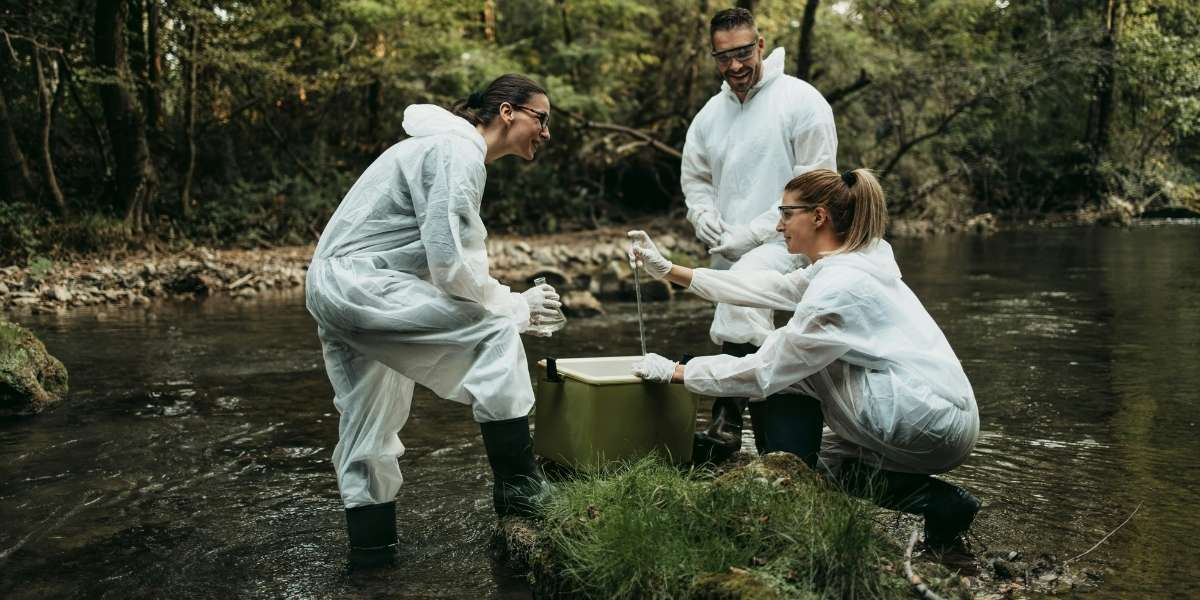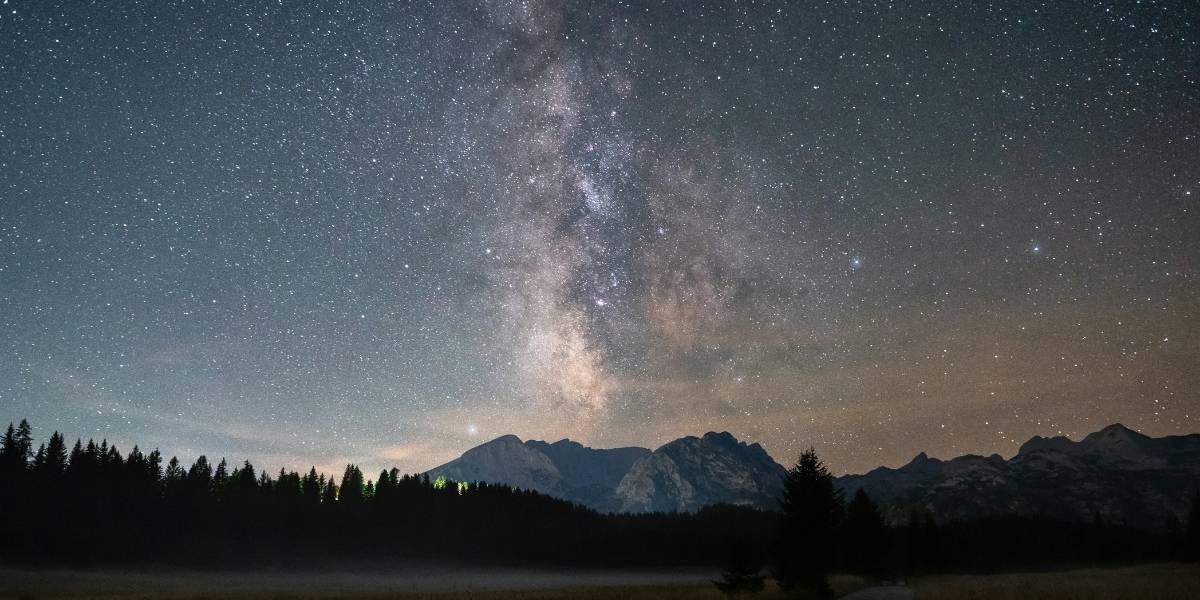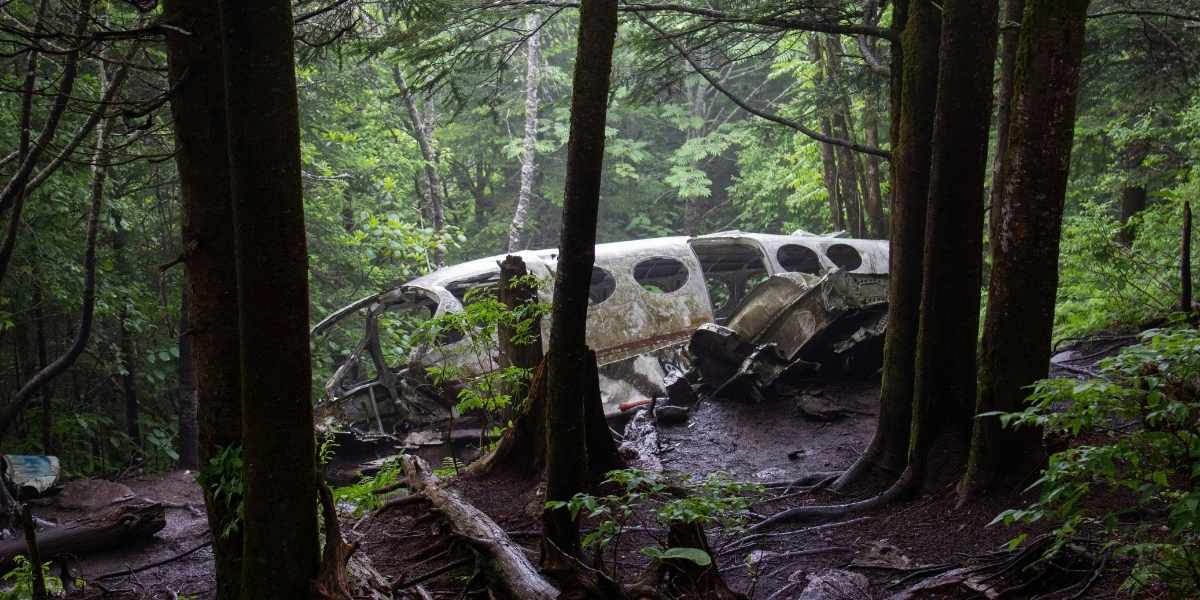Exploring Tennessee’s Caves & Underground Wonders: Nature’s Hidden Gems
Tennessee is renowned for its rolling hills, dense forests, and breathtaking vistas, but beneath the surface lies a secret world of underground wonders. From sprawling caverns to delicate limestone formations, the state’s extensive cave systems offer a unique glimpse into the natural forces that have shaped its landscape over millions of years. For those with an adventurous spirit, exploring Tennessee’s caves presents an opportunity to discover stunning underground landscapes, rich with history and geological significance.
This article delves into Tennessee’s hidden subterranean treasures, highlighting some of the most iconic caves, the science behind their formation, and the vital role they play in the local ecosystem. Whether you’re an avid spelunker, a nature enthusiast, or someone seeking a new way to experience the state’s natural beauty, Tennessee’s caves promise a captivating adventure.
Read Also: The Impact of Micro-Influencers on Social Media Marketing
Tennessee’s Geological Legacy: How the Caves Were Formed
Tennessee’s caves are a testament to the power of water, time, and geology. The state sits atop vast limestone bedrock, which has been slowly shaped by water erosion over millions of years. This erosion process, known as karst formation, occurs when water interacts with soluble rocks like limestone, gradually carving out tunnels, chambers, and intricate rock formations.
The Role of Water in Cave Formation
Rainwater, slightly acidic due to carbon dioxide in the atmosphere, seeps into the ground and dissolves the calcium carbonate found in limestone. Over thousands of years, this process forms underground rivers, which continue to expand and shape the cave systems. The resulting cave formations can range from narrow passages to massive chambers, each with unique features like stalactites (formations hanging from the ceiling) and stalagmites (upward-pointing formations on the ground).
Tennessee’s caves are among the most extensive in the United States, with over 8,000 known caves scattered across the state, many of which remain uncharted. These subterranean wonders not only showcase the state’s rich geological history but also support diverse ecosystems and offer a window into a world few ever see.
Notable Caves in Tennessee: Must-See Underground Wonders
Tennessee is home to a variety of caves, each with its own unique features and significance. Some are open to the public for guided tours, while others remain more remote, accessible only to experienced spelunkers. Below are a few of the state’s most well-known and awe-inspiring caves.
1. Ruby Falls
Located in Chattanooga, Ruby Falls is one of Tennessee’s most popular cave destinations. This stunning cave system is home to an impressive underground waterfall, which cascades 145 feet into a secluded cavern. The waterfall itself was discovered in 1928 by Leo Lambert, who was exploring the cave as part of a larger project to create a tourist attraction.
Visitors to Ruby Falls can embark on guided tours that take them through winding passages and dramatic rock formations before reaching the grand waterfall. The illuminated falls, combined with the cave’s natural acoustics, create an unforgettable experience that draws thousands of visitors every year.
2. Tuckaleechee Caverns
Known as the “Greatest Site Under the Smokies,” Tuckaleechee Caverns is located near Townsend, within the Smoky Mountains. This cave is renowned for its stunning rock formations, including colossal stalactites and stalagmites that have formed over millions of years. Visitors can take a guided tour through the cavern, which spans over a mile of underground passageways, and marvel at features like the “Big Room”—one of the largest cave chambers in the region.
Tuckaleechee Caverns also has a rich history, with evidence of early human occupation found in the cave’s interior. It’s a must-see for anyone exploring the natural wonders of the Smoky Mountains.
3. Lost Sea Cave
Deep within the Smoky Mountains, the Lost Sea is America’s largest underground lake, located at Craighead Caverns near Sweetwater, Tennessee. Discovered in the late 1800s, this cave features crystal-clear waters that reflect the stunning rock formations above. Visitors to the Lost Sea can explore the cave’s vast chambers and take a boat ride on the lake, a unique experience in the world of underground exploration.
The cave system is rich in history and folklore, with tales of early explorers who ventured into the cavern in search of hidden treasures. The Lost Sea offers one of the most immersive cave experiences, combining geological beauty with an adventurous spirit.
4. Forbidden Caverns
Located near Sevierville, Tennessee, Forbidden Caverns offers a mix of geological wonders and a deep sense of mystery. The cave, which features impressive flowstone formations, underground rivers, and large stalagmites, has been a part of the region’s history for centuries. It was once used by the Native Americans for ceremonial purposes and was later used to distill illegal moonshine during the Prohibition era.
Today, Forbidden Caverns is open to the public for guided tours, where visitors can explore its natural beauty and learn about the cave’s rich history and role in local folklore. The combination of history, geology, and mystery makes it a fascinating destination for both casual tourists and serious cave enthusiasts.
The Ecological Importance of Tennessee’s Caves
Tennessee’s caves are not just geological wonders—they also serve as vital ecosystems for a variety of unique species. These underground environments provide a haven for creatures that are adapted to life without light, such as cave-dwelling insects, blind fish, and bats.
Unique Wildlife and Habitats
Many caves in Tennessee are home to species that cannot be found anywhere else, and these animals have adapted to the cave environment over generations. For example, the Tennessee Cave Salamander, an endangered species, thrives in the cool, dark, and wet conditions of the state’s caves. Bats, particularly the Indiana Bat, also roost in Tennessee’s caves, providing important ecological services like insect control.
These caves are integral to maintaining biodiversity and offer a glimpse into how life can thrive in extreme conditions. They are often designated as protected areas to preserve these unique ecosystems and to allow researchers to continue studying the delicate balance of cave life.
The Role of Caves in Cultural Heritage and Social Justice
Beyond their natural beauty and ecological importance, Tennessee’s caves have cultural significance. Many cave systems have been used historically by Indigenous peoples, settlers, and communities for various purposes, from ceremonial rituals to serving as places of refuge. Some caves also played roles in civil rights movements, where underground spaces were used for secret meetings and strategies during times of political unrest.
Caves have also been symbols of resilience and sanctuary. They offer a quiet retreat away from the pressures of the outside world, providing a space for reflection, spiritual connection, and preservation of heritage. For modern-day Tennessee communities, these caves serve as reminders of the cultural and historical forces that have shaped the region and continue to influence its people.
Read Also: Reigniting Engagement: Mastering the Art of Beating Boredom
Discovering the Underground Wonders of Tennessee
Tennessee’s caves are among the state’s most captivating natural wonders, offering an array of experiences for adventurers, nature lovers, and history enthusiasts alike. From the dramatic beauty of Ruby Falls to the ecological significance of Tennessee’s cave systems, these underground treasures continue to inspire awe and provide a deeper connection to the Earth’s geological history.
Whether you’re exploring for adventure, appreciating the geological formations, or connecting with the cultural significance of these spaces, Tennessee’s caves remind us of the beauty and mystery hidden beneath the surface. By preserving and appreciating these natural marvels, we ensure that future generations can continue to experience and learn from the enduring power of the underground world.














